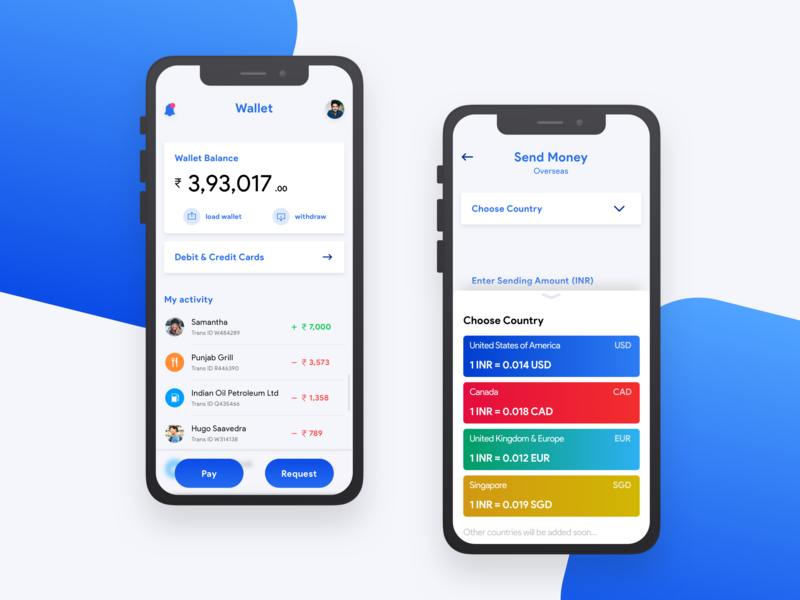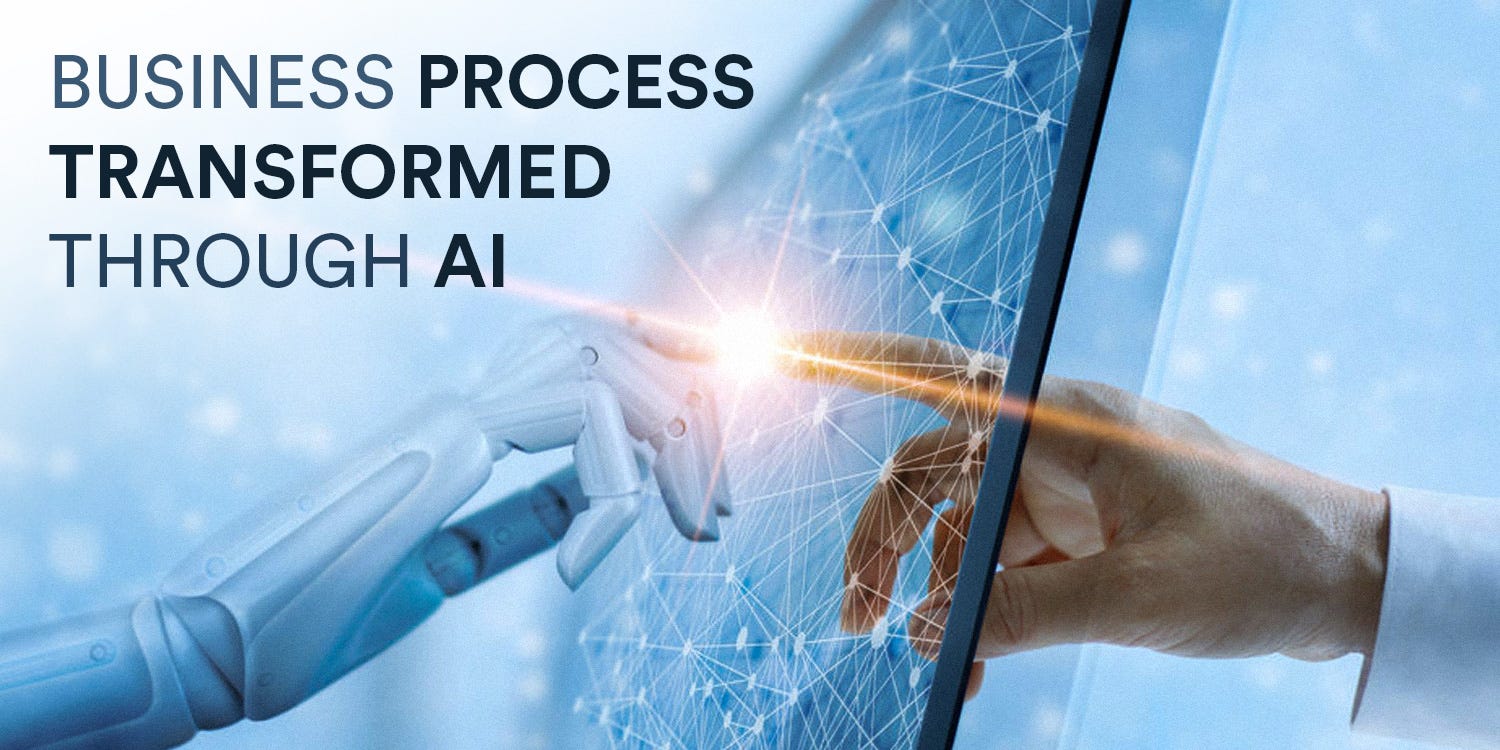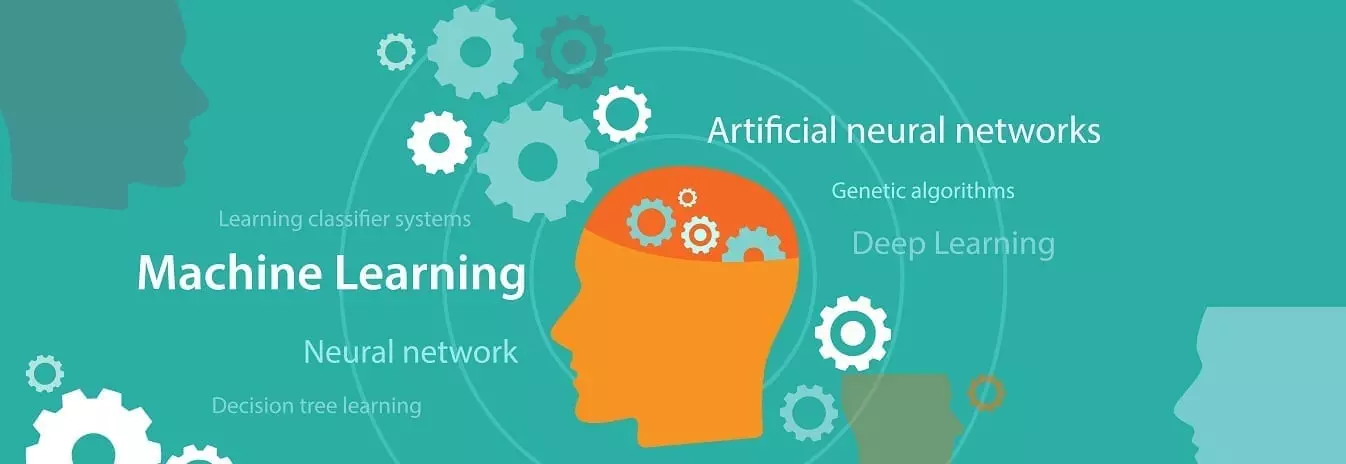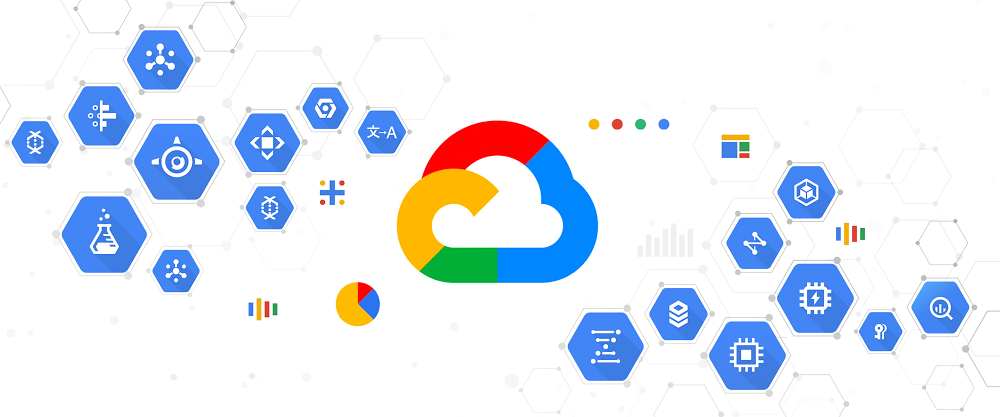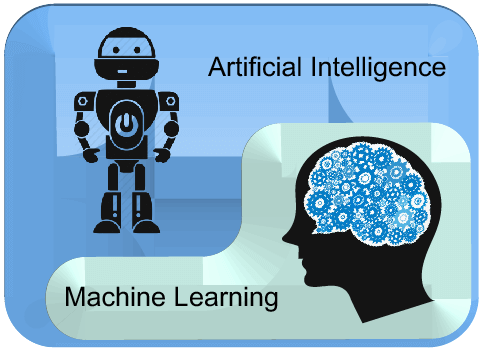
One of the newest benefits of cloud computing is that it enables businesses to take advantage of artificial intelligence (AI). This rapidly developing technology offers significant development opportunities that many companies have already been quick to seize upon. In this post, we’ll look at some of the ways your company can benefit from cloud-based Artificial Intelligence.
1. Improving personalized shopping experiences
Providing customers with personalised marketing increases engagement, helps generate customer loyalty and improves sales. This is why companies are putting so much effort into it. One of the advantages of using AI is that it is able to identify patterns in customers’ browsing habits and purchasing behaviour. Using the millions of transactions stored and analysed in the cloud, AI is able to provide highly accurate offers to individual customers.
2. Automating customer interactions

Most customer interactions, such as emails, online chat, social media conversations and telephone calls, currently require human involvement.Artificial Intelligence, however, is enabling companies to automate these communications. By analysing data collected from previous communications it is possible to program computers to respond accurately to customers and deal with their enquiries. What’s more, when AI is combined with machine learning, the more the AI platforms interact, the better they become.
One example of this is AI Chatbots which, unlike humans, can interact with unlimited customers at the same time and can both respond and initiate communication – whether on a website or an app.
It is estimated, that by 2020, 85 percent of all customer interactions will be taken care of by intelligent machines that are able to replicate human functions. The days of using a call centre look like they are coming to a close.
3. Real-time Assistance

Artificial Intelligence is also useful for businesses that need to constantly communicate with high volumes of customers throughout each day. For example, in the transport industry, bus, train and airlines companies, which can have millions of passengers a day, can use AI to interact, in real-time, to send personalised travel information, such as notice of delays. Some bus companies, for example, are already tracking the location of their buses and using AI to provide travellers with real-time updates about where the bus is along its route and its estimated time of arrival. Customers receive this information on the bus company app.
4. Data mining

One of the biggest advantages of using cloud-based AI is that artificial intelligence apps are able to quickly discover important and relevant findings during the processing of big data. This can provide businesses with previously undiscovered insights that can help give it an advantage in the marketplace.
5.Operational automation

AI is able to operate other technologies that increase automation in business. For example, AI can be used to control robots in factories or maintain ideal temperatures through intelligent heating. In Japan, human-looking robots now serve as receptionists in some of the countries’ hotels automating check-ins, booking services and dealing (in four languages) with customer enquiries. In retail, Artificial Intelligence is also being linked with RFID and cloud technology to track inventory. In China, police forces use AI to catch criminals. The country has a vast CCTV network and AI uses facial recognition to spot and track suspects so that they can be apprehended.
6.Predicting outcomes

Another advantage of AI is that it is able to predict outcomes based on data analysis. For example, it sees patterns in customer data that can show whether the products currently on sale are likely to sell and in what volumes. It will also predict when the demand will tail off. This can be very useful in helping a company purchase the correct stock and in the correct volumes. It is predicted that, within 10 years, the days of seasonal sales will be over as AI will mean there is too little leftover stock to sell off.
This ability to predict is not just useful in retail. Artificial Intelligence is also being used in many other areas, for example, in banking where it can predict currency and stock price fluctuations or in healthcare where, remarkably, it can predict outbreaks of infections by analysing social media posts.
7.Improve the recruitment process
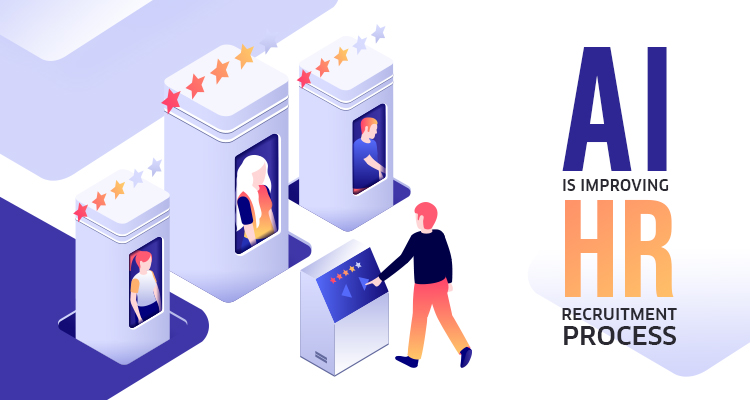
It may be bad news for recruitment companies, but AI is now helping businesses automate the recruitment of new employees. It is able to quickly sift through applications, automatically rejecting those which do not meet the company’s personal specification. This not only saves time (or money spent on a recruitment agency), but it also ensures that there is no discrimination or bias in the shortlisting process. The AI programs available can even take care of the many administrative tasks of recruitment.
Conclusion
As you can see, AI systems provide businesses with a wide range of benefits, including personalised marketing, customer service, operational automation, inventory management and recruitment. And these are just a few of the many ways AI can be used. What’s remarkable, however, is that many of the AI apps, which are designed specifically for cloud-based systems, are quickly and easily deployable. Companies whose systems are in the cloud can be benefitting from them in no time at all.




